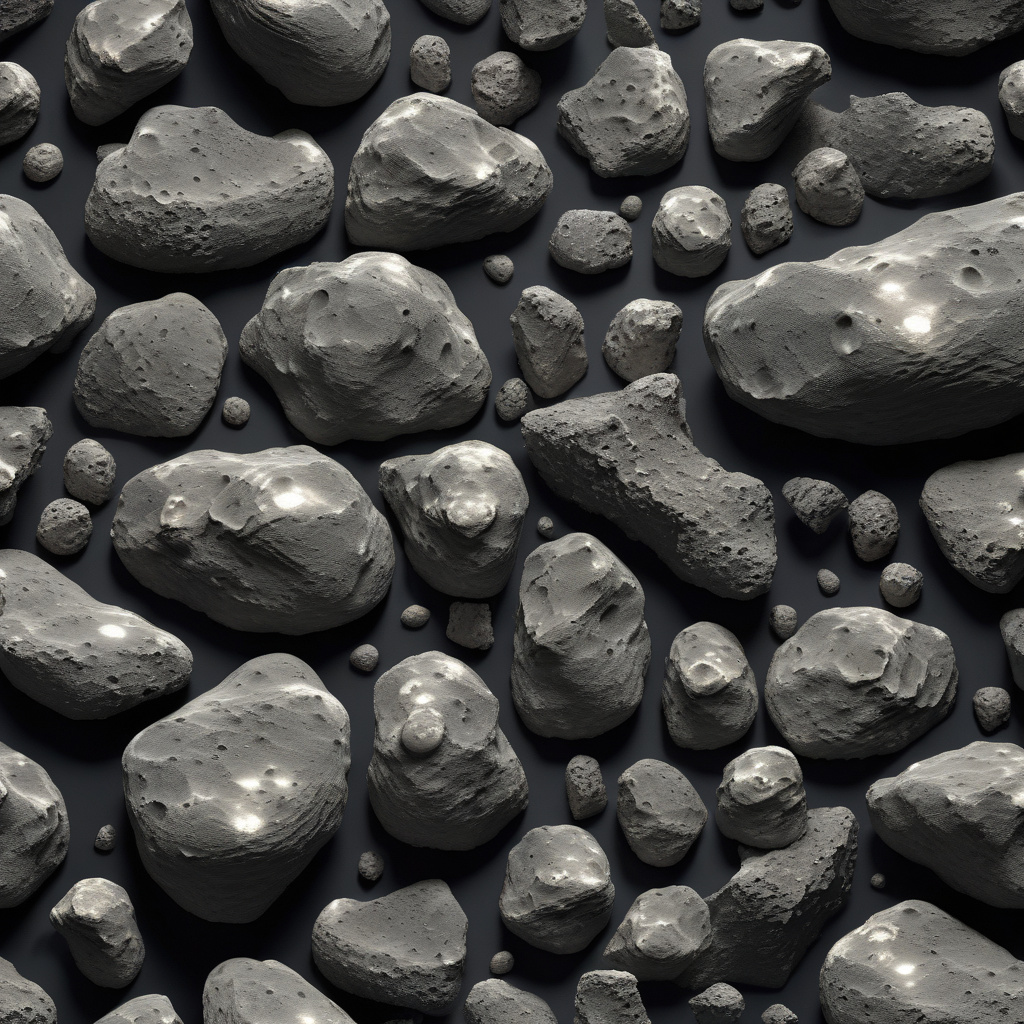In the exciting realm of space exploration, the mysteries of the moon continue to captivate both scientists and the general public. Recent developments in NASA’s missions have brought forth a treasure trove of information from our celestial neighbor. As NASA astronauts set their sights on planned landings in 2027, geologists have been busy analyzing the latest batch of lunar samples, particularly from the far side of the moon. These moon rocks are proving to be more than just geological specimens; they are revealing hidden chapters of the moon’s history that have long been shrouded in mystery.
The significance of these moon rocks cannot be overstated. Not only do they provide valuable insights into the moon’s formation and evolution, but they also shed light on the broader history of our solar system. By studying the composition of these rocks, scientists can unravel the geological processes that have shaped the moon over billions of years. This information is crucial not only for understanding the moon itself but also for gaining a deeper understanding of other rocky bodies in our solar system.
One of the most remarkable findings from the analysis of these moon rocks is the presence of minerals that are unlike any found on Earth. These exotic minerals offer clues about the moon’s volcanic past and its unique geology. By studying these minerals in detail, geologists can piece together the moon’s volcanic history, including the timing and intensity of past volcanic activity. This, in turn, helps scientists understand the moon’s internal structure and how it has evolved over time.
Moreover, the moon rocks contain evidence of impacts from asteroids and comets, providing a glimpse into the violent history of our solar system. By studying the patterns of impact craters on the moon’s surface and analyzing the materials ejected from these impacts, scientists can reconstruct the history of major impact events that have shaped the moon and other rocky bodies in our solar system. This information is not only fascinating from a scientific standpoint but also has practical implications for understanding the potential risks posed by near-Earth objects.
Furthermore, the study of these moon rocks has broader implications for future space exploration. By understanding the geological processes that have shaped the moon, scientists can better prepare for future missions to the moon and other celestial bodies. For example, knowledge of the moon’s geology can help identify ideal landing sites for future missions, locate valuable resources for potential utilization, and even inform plans for establishing a sustainable human presence on the moon.
As we eagerly await the next chapter in lunar exploration with NASA’s planned landings in 2027, the insights gained from studying these moon rocks will undoubtedly play a crucial role in shaping the future of space exploration. From unraveling the moon’s ancient history to informing future missions, these rocks hold the key to unlocking the mysteries of our celestial neighbor and beyond. As geologists continue to analyze these precious samples, we can look forward to even more groundbreaking discoveries that will reshape our understanding of the moon and our place in the cosmos.

